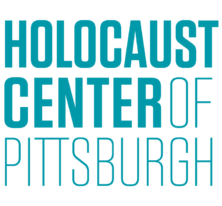After the Holocaust
Video from USHMM: https://encyclopedia.ushmm.org/asset/580e07ac-f568-433f-853d-ec268a3529e7.mp4
After liberation, most Jewish Holocaust survivors were unable or unwilling to return to eastern Europe because of antisemitism and the destruction of their communities during the Holocaust. Those who did return often feared for their lives. These fears were not baseless—while the Nazis had been defeated, antisemitism remained.. For example, in the Kielce pogrom on July 4, 1946, Polish soldiers, police officers, and civilians killed 42 Jewish survivors and wounded more than 40.
Many stateless Holocaust survivors migrated westward to territories liberated by the Allies, where they were housed in displaced persons (DP) camps and refugee centers while waiting to leave Europe. From 1945 to 1952, more than 250,000 Jewish DPs lived in camps and urban centers in Germany, Austria, and Italy.
Between 1945 and 1952, more than 80,000 Holocaust survivors immigrated to the United States, about 136,000 to the newly-independent country of Israel, and another 20,000 to other nations, including Canada and South Africa. Most had to start their lives completely anew.
After World War II, international, domestic, and military courts conducted trials of tens of thousands of accused war criminals. Efforts to bring to justice to the perpetrators of Nazi-era crimes continue well into the 21st century. Unfortunately, most perpetrators have never been tried or punished. Nevertheless, the postwar trials did set important legal precedents.
The USHMM has more robust information on the Nazi War Trials: https://encyclopedia.ushmm.org/content/en/article/war-crimes-trials
